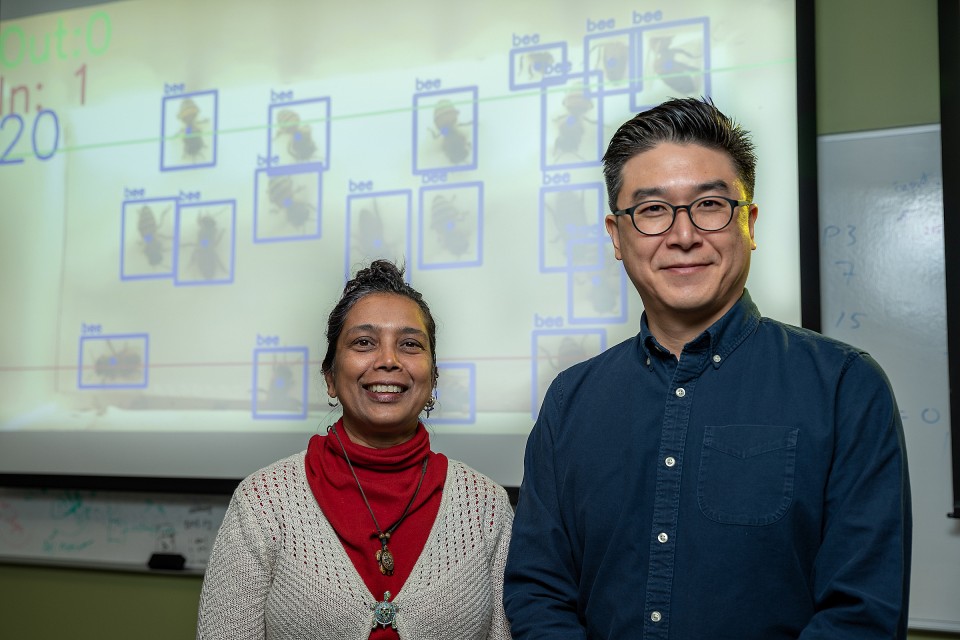Document Type
Article
Publication Date
6-18-2014
Abstract
Chemical self-replicators are of considerable interest in the field of nanomanufacturing and as a model for evolution. We introduce the problem of self-replication of rectangular two-dimensional patterns in the practically motivated Signal Tile Assembly Model (STAM) [9]. The STAM is based on the Tile Assembly Model (TAM) which is a mathematical model of self-assembly in which DNA tile monomers may attach to other DNA tile monomers in a programmable way. More abstractly, four-sided tiles are assigned glue types to each edge, and self-assembly occurs when singleton tiles bind to a growing assembly, if the glue types match and the glue binding strength exceeds some threshold. The signal tile extension of the TAM allows signals to be propagated across assemblies to activate glues or break apart assemblies. Here, we construct a pattern replicator that replicates a two-dimensional input pattern over some fixed alphabet of size φ with O(φ) tile types, O(φ) unique glues, and a signal complexity of O(1). Furthermore, we show that this replication system displays exponential growth in n, the number of replicates of the initial patterned assembly.
Recommended Citation
Keenan, A., Schweller, R. & Zhong, X. Exponential replication of patterns in the signal tile assembly model. Nat Comput 14, 265–278 (2015). https://doi.org/10.1007/s11047-014-9431-z
First Page
265
Last Page
278
Publication Title
Natural Computing
DOI
10.1007/s11047-014-9431-z



Comments
© 2014, Springer Science+Business Media Dordrecht. Original published version available at https://doi.org/10.1007/s11047-014-9431-z